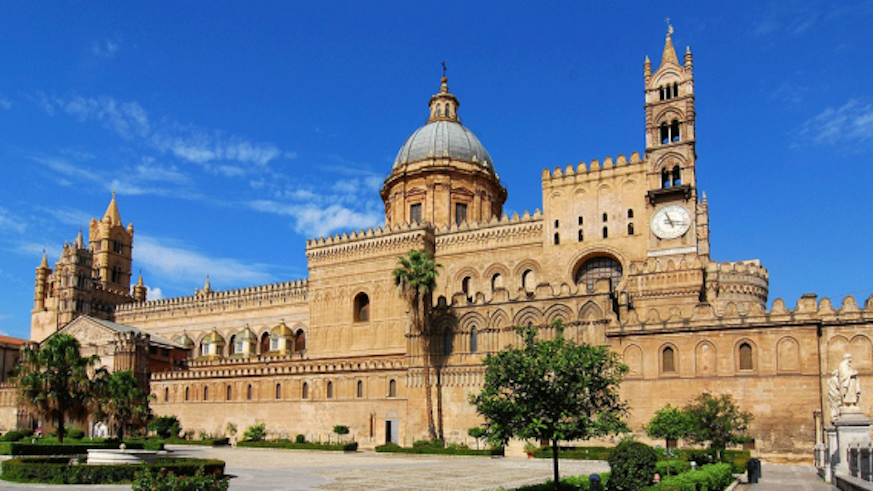Workshop documents the Palermo of refugee children
21 February 2017

A collaborative design workshop led by researchers and undergraduates from the Welsh School of Architecture has documented the way refugee and migrant children see their current home of Palermo, Sicily.
Thirty students from the Provinical Centre for Adult Education (CPIA) in Palermo took part in the workshop, where they annotated a map of city centre locations with their emotions or memories. CPIA Palermo (Provinical Centre for Adult Education) is a public high school for adult education which has recently taken charge of the education of refugees and unaccompanied migrant children. Some of the students have lived in Palmero for months, some for years, all with unique stories to tell. There are areas of Palermo they perceived as beautiful, others had happy connotations of playing football, making friends or studying, but there also places that they perceived as scary, racist and full of tension.
The workshop was led by Dr. Federico Wulff Barreiro, a lead researcher on the Euro-Mediterranean Urban Voids Ecology (EMUVE) project, and current undergraduate students from the Welsh School of Architecture.
Euro-Mediterranean Urban Voids Ecology (EMUVE), a Marie Curie Intra-European Fellowship project funded by the European Commission, is looking at the existing voids produced by current shrinking cities along the Euro‐Mediterranean coastline. These cities, which were developed as the main touristic destinations of Europe in the last 50 years, have in many cases been transformed into empty landscapes. Frequently this transformation has been caused or exacerbated by ongoing economic crisis.
The research team is currently developing projects for the social integration and education of refugees in the area. The eventual goal for Palermo is to recover nine abandoned buildings in a way that aids the social integration of refugees. This workshop was a vital step in engaging with the refugee and migrant population and understanding their perceptions of the city before designing the future of these spaces.
The Italian national newspaper La Repubblica recently featured this story in its Palermo edition (11.2.17).